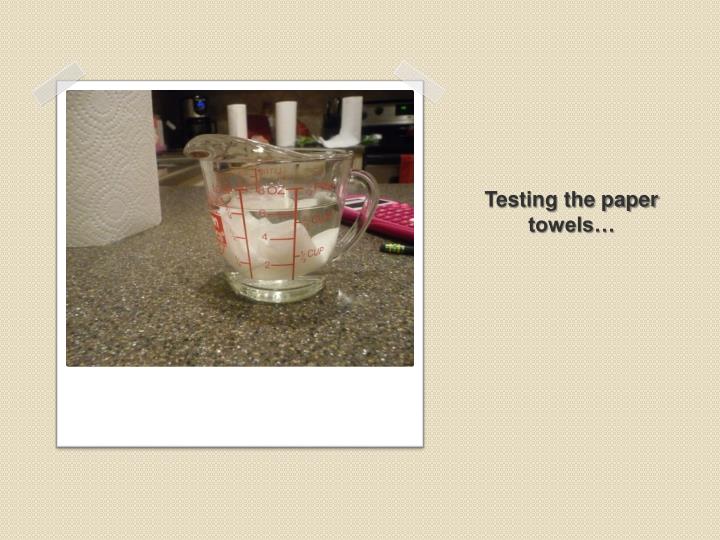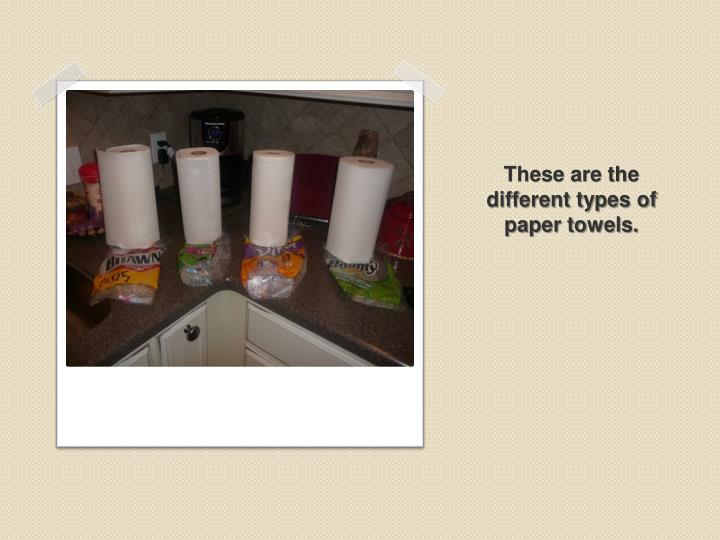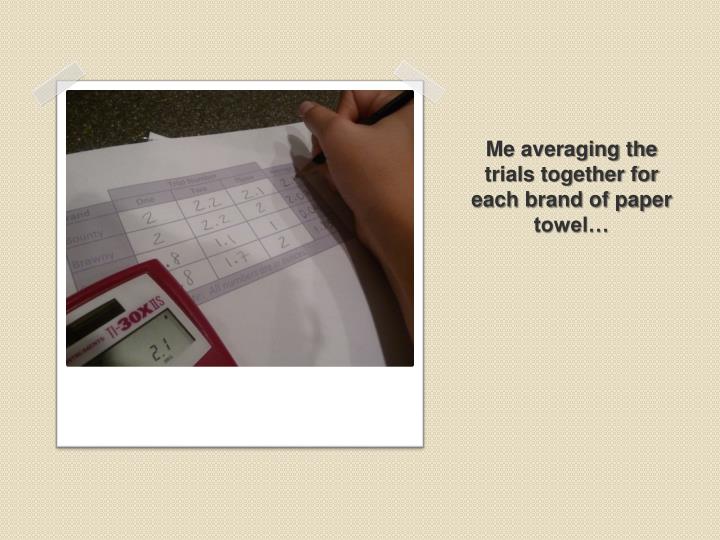Kitchen paper towels can be used to dry hands in the kitchen or bathroom, to dry up spills, or to clean anything from windows to floors.
Due to their absorbency, strength, and convenience, paper towels are most commonly used in the kitchen and sit next to the kitchen sink in most households and offices across the country to dry dishes, dry hands, and dry up kitchen spills. In addition to their convenience, they also are sanitary because they are disposable and made to be used only once, avoiding the spreading of germs that may occur with shared towels. Everyone who has used a paper towel in their lifetime knows that kitchen paper towels are disposable and convenient, but why in the world are they so absorbent?
Paper towels can absorb more liquid than a napkin or a tissue, and if you have tried to clean up a spill with a napkin or a tissue, you certainly know that! The reason why kitchen paper towels can soak up so much liquid is because, unlike a napkin or a tissue, the paper that makes up a paper towel is loosely woven, allowing water to travel between the paper fibers in the towel. This is done through 2 significant manufacturing processes-creping and embossing. These 2 manufacturing processes change the physical characteristics of the paper, making it more absorbent than a piece of paper, a tissue, or a napkin. Creping gives the paper towel flexibility and stretch and creates more open areas for water to enter. During the creping process, the mechanical action of a blade disrupts the fiber-to-fiber bonds in the paper and forms a micro-fold structure within the sheet of paper. Embossing means that the surface of the paper towel is changed from a flat surface to a shaped surface, so that there are areas that are raised from the flat background. The embossing process develops a empty space between the paper, allowing the paper towel to hold more water.
Although important, creping and embossing are not the only variables that can affect the absorbency of paper towels. The creping and embossing processes leave finely divided fibers of cellulose, which is the principal structural chemical in cotton, wood, and most other plants. The small molecules that make up cellulose in paper towels are sugar molecules, and water is very soluble in cellulose fibers. This is because cellulose, like sugar, clings tightly to water molecules.
The last factor in paper towel absorbency is the number of plies, or stacks of paper. Kitchen paper towels also come in 1-ply and 2-ply, which means they are either 1 layer thick or 2 layers thick. As for absorbency, 2-ply kitchen paper towels are stronger and more absorbent than 1-ply kitchen towels since they have 2 layers of absorbent paper towel per sheet. But 1-ply towels can also do the job.
When you shop for kitchen paper towels in bulk membership shopping warehouses, in the grocery store, or online, you can see that there are many types of kitchen paper towels. All of these towels have different levels of absorbency based on the plies, cellulose, creping and embossing. Now that you understand why these different brands have different absorbencies, you can be a more informed consumer.
Article Tags: Kitchen Paper Towels, Kitchen Paper, Paper Towels, Paper Towel















0 Response to "Why Are Kitchen Paper Towels So Absorbent?"
Post a Comment